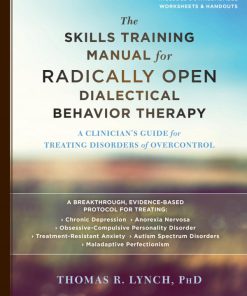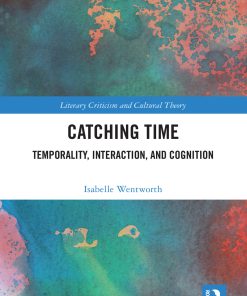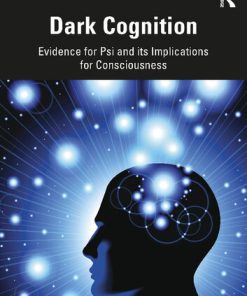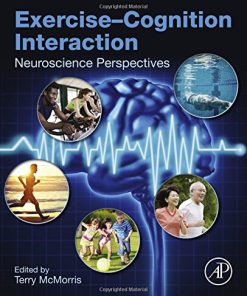Social Cognition and Interaction Training (SCIT): Group Psychotherapy for Schizophrenia and Other Psychotic Disorders, Clinician Guide 1st Edition David 0199346631 9780199346639
$50.00 Original price was: $50.00.$25.00Current price is: $25.00.
This completed downloadable of Social Cognition and Interaction Training (SCIT): Group Psychotherapy for Schizophrenia and Other Psychotic Disorders, Clinician Guide 1st Edition David L. Roberts
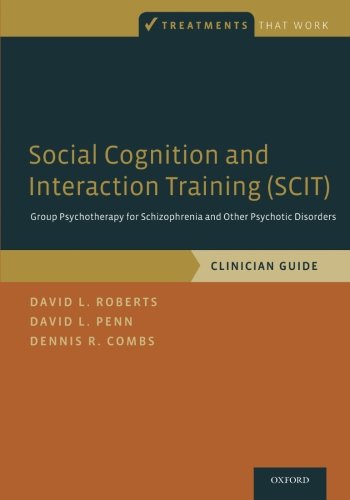
Instant downloaded Social Cognition and Interaction Training (SCIT): Group Psychotherapy for Schizophrenia and Other Psychotic Disorders, Clinician Guide 1st Edition David L. Roberts pdf docx epub after payment.
Product details:
- ISBN 10: 0199346631
- ISBN 13: 9780199346639
- Author: David L. Roberts
Impairments in social functioning are among the hallmark characteristics of schizophrenia. These deficits predict relapse rate and may be independent of better-studied symptoms such as hallucinations. Additionally, studies indicate that social functioning is one of the most important domains for individuals with schizophrenia, many of whom consider social functioning to be a key area of unmet need.Social Cognition and Interaction Training (SCIT) is a group psychotherapy for individuals with schizophrenia and other psychotic disorders. Social cognition refers to the thinking processes that people use to navigate the social world. Deficits in social cognition hinder people with schizophrenia and other mental illnesses from living meaningful, socially connected lives. The SCIT Clinician Guide provides comprehensive instruction for mental health professionals to enhance social cognition and promote rewarding social lives for their clients. SCIT is appropriate for adults suffering from psychotic illness and who have interpersonal difficulties as a result. SCIT is particularly appropriate for individuals with symptoms of suspiciousness and paranoia. The authors summarize the rationale and theoretical underpinnings of SCIT, distinguish it from other treatments for psychosis, provide an overview of the intervention, explain the links between the intervention activities and the underlying theoretical model, and describe SCIT implementation session-by-session.
Table of contents:
Chapter 1 Introductory Information for Clinicians
Chapter 2 Overview of SCIT and Implementation Notes
Phase I: (Sessions 1–7): Introduction and Emotions
Overview
Chapter 3 Sessions 1 and 2: Introduction
Chapter 4 Session 3: Emotions and Social Situations (Optional)
Chapter 5 Session 4: Defining Emotions
Chapter 6 Session 5: Guessing People’s Emotions
Chapter 7 Session 6: Updating Emotion Guesses
Chapter 8 Session 7: Suspicious Feelings
Phase II: (Sessions 8–15): Figuring Out Situations
Overview
Chapter 9 Session 8: Jumping to Conclusions
Chapter 10 Sessions 9 and 10: Strategy 1—Think Up Other Guesses
Chapter 11 Sessions 11, 12, and 13: Strategy 2—Separate Facts from Guesses
Chapter 12 Sessions 14 and 15: Strategy 3—Gather More Evidence
Phase III: (Sessions 1–7): Introduction and Emotions
Overview
Chapter 13 Sessions 16–20: Checking-It-Out
People also search:
what is cognitive interaction
social cognition training
social interaction training
social cognition and communication
social cognition activities
You may also like…
Business & Economics - Responsibility and Business Ethics
Psychology - Psychological Disorders
Cookbooks
Psychology - Psychotherapy
Medicine - Psychiatry
Schizophrenia and related disorders 1st Edition Michael J Marcsisin
Politics & Philosophy - Social Sciences
Dark Cognition Evidence for Psi and its Implications for Consciousness 1st Edition David Vernon
Business & Economics - Industries
A Professional s Guide to Small Group Personal Training 1st Edition Keli Roberts





